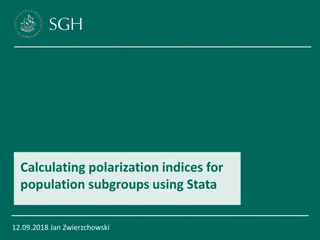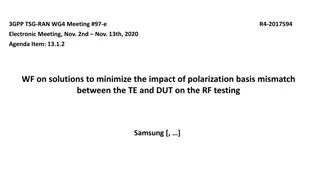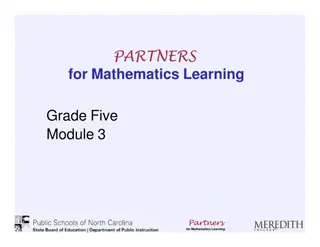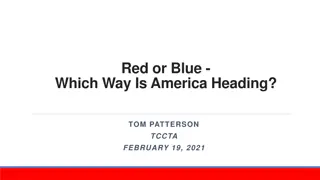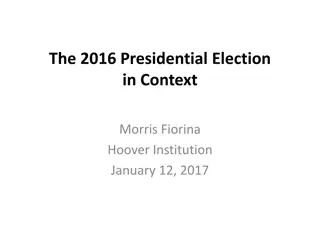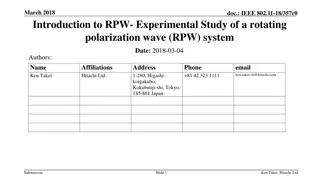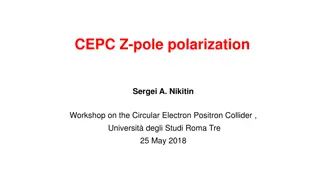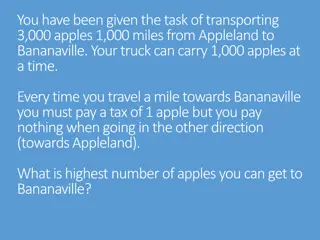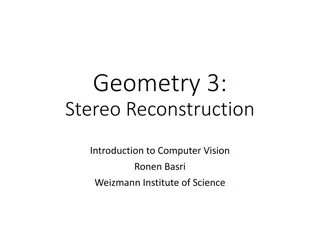Simulation and Reconstruction on BEPCII Polarization Measurement
Simulation and reconstruction process for BEPCII polarization measurement involve generating events, recording back-scattered photons in phase space, analyzing polarization on glass plates and Si sensors, and fitting results to optimize data accuracy.
Download Presentation

Please find below an Image/Link to download the presentation.
The content on the website is provided AS IS for your information and personal use only. It may not be sold, licensed, or shared on other websites without obtaining consent from the author.If you encounter any issues during the download, it is possible that the publisher has removed the file from their server.
You are allowed to download the files provided on this website for personal or commercial use, subject to the condition that they are used lawfully. All files are the property of their respective owners.
The content on the website is provided AS IS for your information and personal use only. It may not be sold, licensed, or shared on other websites without obtaining consent from the author.
E N D
Presentation Transcript
202407 1
SIMULATION ON BEPCII POLARIZATION MEASUREMENT Simulation layout: 10cm-long Iron beampipe (inner radius 2.8 cm), 1mm-thick glass-plate, 1cmto20cm-thick lead pre-shower, 20um-thick Si sensor. Generator: Based on Prof. Muchnoi s GitHub project. Add dispersion & twiss paras. effects. Beam polarization: 50% Laser polarization: 100% Pre-shower Glass plate Generate 100M events for each samples Sample 1: beam 2.35 GeV, laser 515 nm; Sample 2: beam 4.73 GeV, laser 515 nm; Si sensor beampipe 2
SIMULATION & RECONSTRUCTION The truths of back-scattered photons (in 6D phase space) are recorded. The positions at which back-scattered photons pass through the glass plate are recorded. The energy depositions in Si sensor are recorded. In reconstruction: The pixel size is assumed to be 25x25um^2. The number of scattered photon ~ Poisson distribution(?~200) If the energy deposition in one pixel is larger then 1440eV, the count in this pixel +1. Fit procedure: Based on Aurelian s function. Fit to the scattered photon positions on glass plate, or counts from Si sensor. 3
SAMPLE 1: ON GLASS PLATE Left hand polarization and right hand polarization Polarization: 49.9 0.4 % on a 100x100 mm^2 area. 4
SAMPLE 1: ON GLASS PLATE The fit result varies as the plate area changes. 5
SAMPLE 1: IN SI SENSOR Left hand polarization and right hand polarization Polarization: 35.6 2.6 % on a 100x100 mm^2 area. 37.5 2.8% on a 25x25 mm^2 area. 6
SAMPLE 1: IN SI SENSOR The fit result varies as area of the sensor and the thickness of pre-shower change. 7
SAMPLE 2: IN SI SENSOR The fit result varies as area of the sensor and the thickness of pre-shower change. 8
DISCREPANCY BETWEEN TRUTH AND CONSTRUCTION Truth simulated position on glass Truth simulated position for each energy deposition step in Si sensor Fit to truth discrepancy 9
FIT TO TRUTHDISCREPANCY The fit result varies as area of the sensor and the thickness of pre-shower change. 10
SUMMARY Based on generator and Prof. Aurelian s function, input/output check seems fine Pre-shower and Si sensor enlarge the discrepancy between truth and measurement Should be solved. 11
SOFTWARE SCHEME Compton scattering generator For each laser polarization, 108beam-laser collisions (serval-minute data taking) Generation Pre-shower Glass plate Geant4 simulation Si sensor beampipe In each pixel, count +1 if deposited energy >1.44 keV Reconstruction Pseudo- measurement Fit asymmetry pattern to obtain polarization 13
FIT RESULTS Optimize thickness of pre-shower and sensor area. 2mm lead seems well Pile-up events affect measurement. 14
BACKUP 15
GEANT4 CHANGE-LOG The production cuts (range cuts) are changed from 700 um (default) to 1 um for all material. Leads to the decreasing of energy thresholds for Pb: 94.6 keV -> 1.2 keV Si: 5.9 keV -> 990 eV Fe: 17.2 keV -> 990 eV glass: 5.2 keV -> 990 eV 16
BIN MAXIMUM 10^8 events for each polarization data taking 1mm 59 2mm 97 3mm 122 4mm 148 5mm 168 6mm 185 8mm 211 maximum In the bin with the highest number of events, one count is generated per 108 maxevents. Qualitatively speaking, the pile-up event will affect the pattern when more than one count is generated, equally when pileup events are more than 108 maxevents . 17



